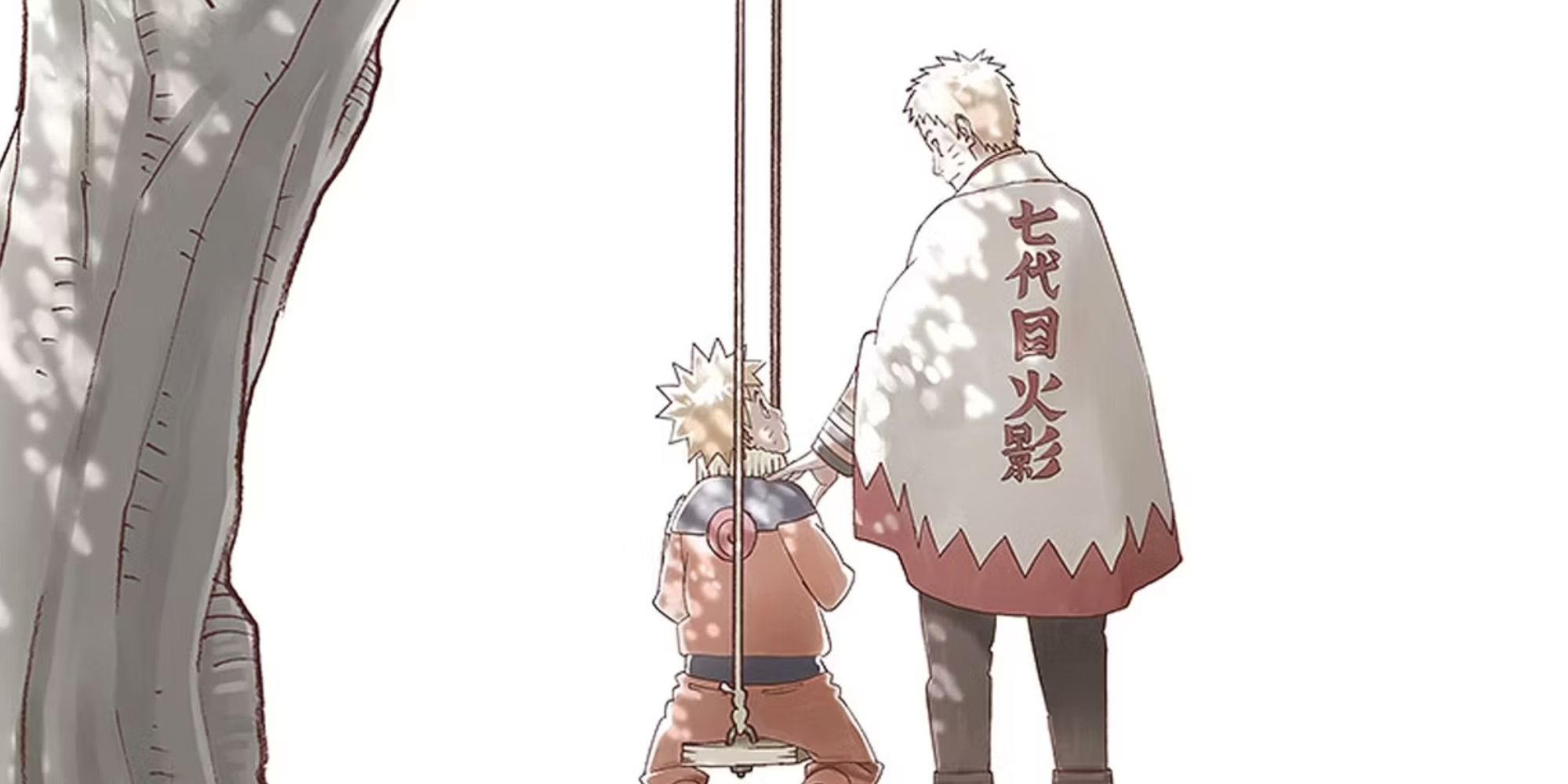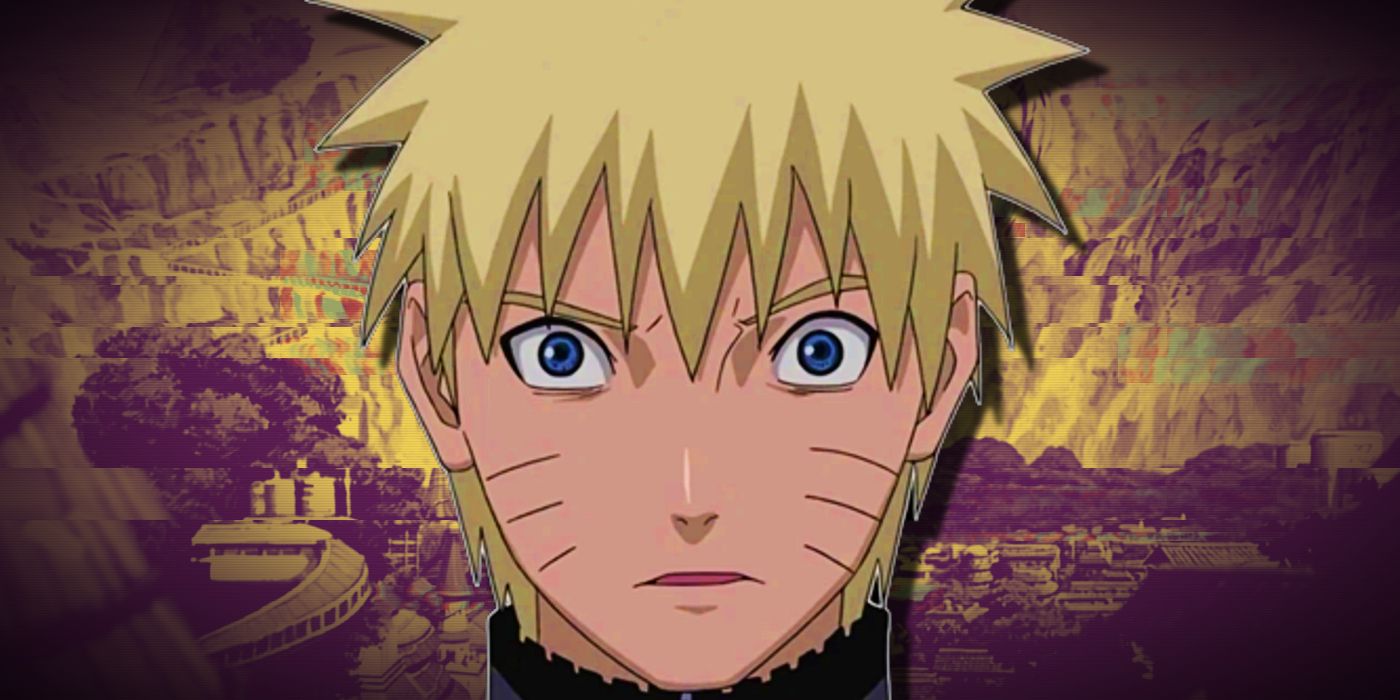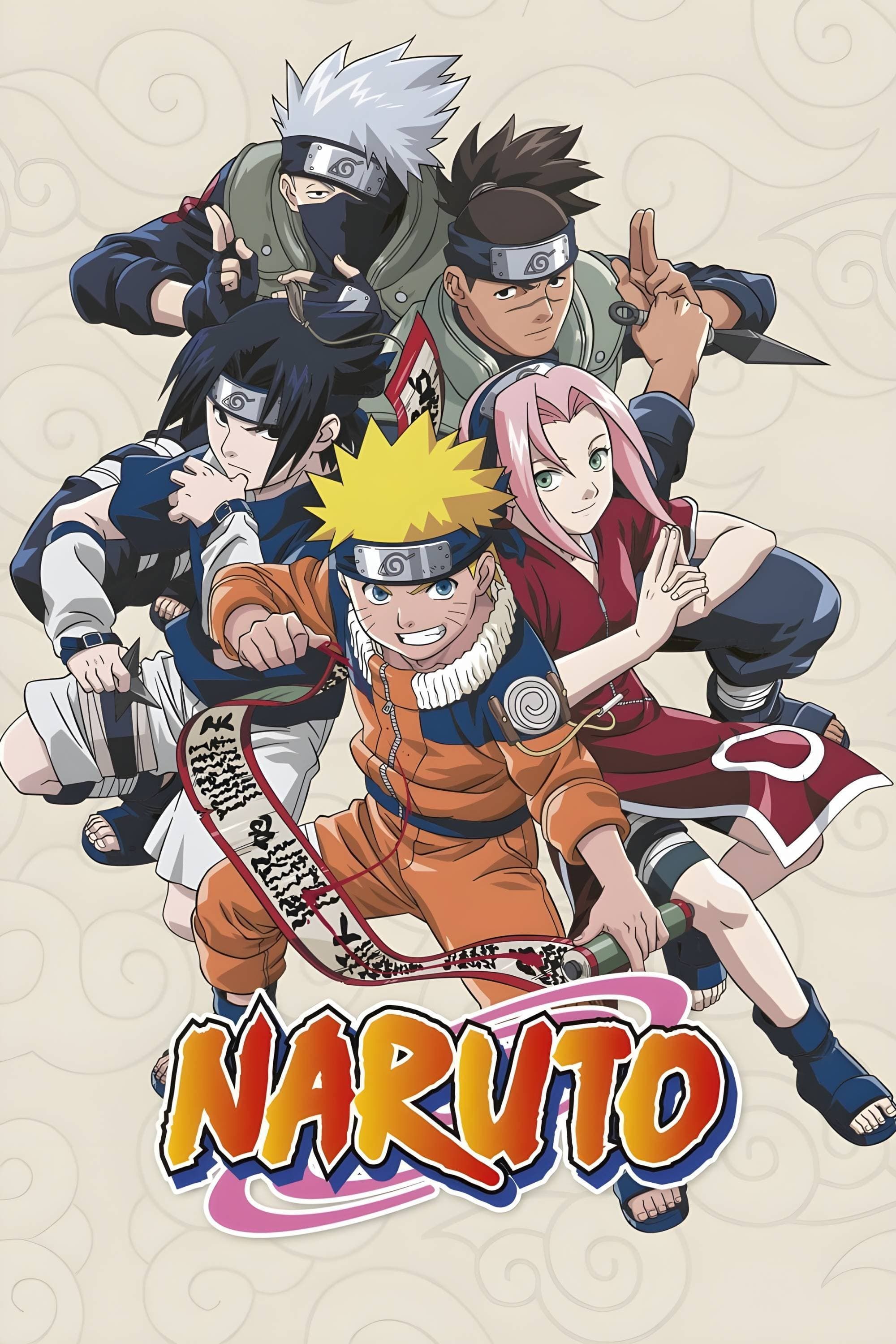It’s easier to rip the band-aid off: a Naruto live-action is very risky, but it can be done right. A live-action Naruto adaptation has been in the works since at least 2015, to be published by Lionsgate, but a lack of a suitable script held it back from moving to the next production stage. After a decade in development hell, a screenplay (written by Tasha Hou) was completed and announced.
Naruto is both easy and hard to imagine working naturally in live-action. Although little concrete information is yet available, it’s a good sign that the film’s lack of progress was apparently the result of restraint and care. Despite the warm reception of One Piece‘s live-action adaptation, cynical adaptations of other franchises like Death Note and Cowboy Bebop have left a bad taste in anime fans’ mouths. There are a few things that could ensure Naruto‘s own live-action adaptation succeeds while reflecting the warmth and heart of the Naruto universe.
5 Sakura Must Be Handled Carefully
Naruto‘s Golden Girl Epitomizes The Franchise’s Biggest Hiccups
Few characters in anime writ large have been as iconic as Sakura while also being so controversial. Sakura is emblematic of many debates surrounding Naruto: its representation of female characters, the strengths and weaknesses of the manga against the anime, and the franchise’s overall presentation of romance. On a simpler level, the promise Naruto makes to Sakura is the motor driving Naruto Shippuden forward. In the manga, Sakura’s characterization is very different: she’s stronger, for sure, but the manga version of Sakura also behaves more realistically than in the anime.
Related
Naruto’s Happy Ending Came at the Expense of One Character Who Didn’t Deserve To Die For That
Naruto and Hinata owe their happy ending to Neji’s selflessness but his sacrifice could have been easily avoided, as the character deserved more.
As a trade-off, the anime gives her much more of a narrative presence, providing her with well-deserved screen time. This also has major implications for Naruto’s friendship with Sakura. The anime depicts her as having much more of an emotional attachment to Naruto than in the manga, as well as being more conflicted about her feelings for him. For example, after Naruto lands himself in the hospital following his use of Rasenshuriken, the anime shows Sakura having a long, heartfelt discussion with Naruto. In the manga’s version of the scene, she’s barely present at all.
For the live-action movie to work, Sakura will need a big rewrite. However, that’s less of a criticism of the manga or anime and more of an opportunity for the live-action. Her relationship with Naruto feels more deserving of the importance the anime gives her, but at the cost of the more human-like psychology of manga Sakura. The live-action adaptation lends a perfect opportunity for a Sakura who feels real and complete, with agency and strength.
4 Naruto Needs Its Relationships Patched Up
Different Media Demand Different Approaches To Interactions
Sakura’s relationships with Naruto and Sasuke represent a larger problem for the franchise: its relationships and interactions have always felt, well, cartoonish. When it comes to writing about love, the embarrassed Kishimoto knew nothing of subtlety, and his representation of relationships often feels like a caricature. If Naruto is going to get a third dimension, then the adaptation should focus hard on making its relationships feel real. This doesn’t mean making everything subtle; real relationships rarely involve subtlety.
Tsunade and Jiraiya are a fantastic example of something that can very easily be made to feel like a real dynamic. The sincerity and care they feel for one another are heightened by their unique history. With romances, especially controversial ones like Naruto x Hinata or Sasuke x Sakura, efforts to bring them to life would go miles. Jiraiya’s hint that he will return to finally be with Tsunade makes it one of the series’ most impactful moments when he dies before their love can materialize.
3 The Shinobi World Is Horrible—Don’t Flatten It
New Naruto Scripts Can’t Be Sentimental About Konoha
Depicting Naruto‘s relationships isn’t just a question of romance. Jiraiya would take in and train the same Amegakure orphans who, later, would start Akatsuki. They would also be the ones to kill him. There’s a very important lesson here. After all, Jiraiya called the shinobi world a manner of death rather than a way of life.
Naruto is an idealistic, profoundly empathetic series, willing to undermine its “good guys” on the “right side” for its broader theme of hope in the face of desperation and destitution. Everybody can hope, and anybody can hope for anything. Naruto‘s villains are people who lose hope and faith in the shinobi ideals—or, more often, whose hopes are crushed by the shinobi order itself.
Related
10 Best Naruto Plot Twists That Left Fans Completely Speechless
Itachi’s true intentions and Madara’s death are some of the most shocking plot twists in Naruto that left fans completely speechless
Naruto‘s relationships are microcosmic paraphrases of its landscape. Jiraiya’s relationship with the Amegakure orphans paraphrases tension between major villages, like Konoha, and minor villages. Konoha and other major powers’ military operations bring collateral damage and fallout. The murder of Sasori’s parents by the White Fang of the Leaf—an overwhelming sentiment which, for Sasori, clouds over the entire shinobi world like a nuclear winter—is a paraphrase of Naruto‘s permanent state of war, paranoia, and distrust.
Another example is the clearly strained relationship between the different Kage during the second Five Kage Summit. The bickering and indignation paraphrases broader geopolitical tensions. Individual arguments are also revealing: Danzo and Onoki establish a discussion about covert interventions abroad, which becomes about the morality of Onoki employing a group of rogue shinobi—who, as viewers know, were radicalized because of Danzo’s covert interventions abroad, left unquestioned by happening under Konoha’s banner.
Onoki’s supposed hypocrisy was enabled by Danzo’s apparent righteousness. Naruto isn’t a didactic coming-of-age story about the humble righteousness of the shinobi order. It’s a story about hope that prevails despite how messy the present reality may be. That’s as true for an orphan pariah with hopes of becoming a Hokage as it is for the lonely puppeteer orphaned by war with the village the Hokage represents. The biggest irony is that peace between the Kage—paraphrasing a newfound geopolitical unity in the shinobi world—only arises after the mutual declaration of war against an outsider.
2 The Dualities In Naruto Must Be Prioritized
Naruto Is A Story Of Contradictions, Oppositions, And Tension
Losing hope in the shinobi order, deciding instead to resist it, isn’t just meant to be comprehensible—it’s the only good response for those who shinobi morality excludes or forgets in order to justify, establish, and protect itself. Naruto‘s villains become villains by, of all things, care: the horrific care of a world where care for one thing almost always means disqualifying care for another thing. Hashirama cared enough about his ideals of unity and peace to turn a blind eye to discrimination against the Uchiha; Madara cared enough about his clan to rebel.
The word of the day, then, is contrast. Naruto contrasts love with violence as two paths to peace with the Will of Fire, Konoha’s guiding ideology. Love and violence are two kinds of power, and this contrast is so important that the series opted for an incredibly controversial ending twist to drive it home. Naruto treats contrast like a fundamental narrative building block, juxtaposing comic relief with pure emotional evisceration, using its slice-of-life elements and battle build-ups as a liminal tedium between sentimental explosions.

Related
Naruto Shippuden’s 10 Most Emotional Episodes
The story of Naruto Shippuden is filled with humor & incredible fight scenes, but its ten most emotional episodes can create many feelings & tears.
Where there is tragedy, exclusion, or violence at play in Naruto‘s world and narrative, it highlights a relationship of contrast. The contrast of “filler” against “canon” also defines Naruto itself, as a cohesive identity that emerges from its manga and anime interpretations. Learning to “read” these paraphrases and balance Naruto‘s contrasts—no matter how seemingly minor—is essential to adapting Naruto well.
1 Don’t Make Naruto’s Live-Action (Only) About Naruto
A Protagonist Doesn’t Have To Be A “Main Character”
The trickiest thing is that Naruto is about contrast to its core, and the most obvious relationships of contrast can be very deceptive. Take Naruto and Sasuke. This would seem to be the contrast driving the whole narrative. Kishimoto even wrote the series always wanting a final confrontation between them. But a Naruto film capturing the spirit of the franchise couldn’t only focus on Naruto and Sasuke.
Naruto’s manga and anime had 700 chapters and 720 episodes to smoothly build its sprawling world and intimidatingly massive cast of characters. A feature-length film won’t have that privilege. Failing to write a screenplay that doesn’t prioritize Naruto‘s world and the contrast within it will produce a confused mess.
Instead, identify contrasts and make them obvious. Exaggerate them, even. Prioritize two or three very different locations from Naruto; emphasize the way people experience the same shinobi world differently; prioritize characters vastly different from one another, like Rock Lee and Naruto. Make Naruto‘s world come alive; show how things like war affect the economy, or how gender impacts the way shinobi are perceived. Foreground the contrasts, and make everything else the background.
Naruto’s role in the live-action should be, fundamentally, the same as in the manga and anime: never a triumphant hero. His two big goals—finding understanding with Sasuke, and becoming Hokage—only happen at the very end. Naruto is the lens for his world: he represents and rejects its cruelty and tragedy, upholding hope and empathy above all. About the movie, screenwriter Tasha Huo said the following:
I think that’s such a cool choice because he’s going to be able to capture how nuanced and special Naruto is without getting distracted by the big world that it is, which I think could easily be done by someone who’s not a fan or someone who’s coming in for a cash payday. This is definitely a movie that comes at it from a love of who Naruto is and that character and his relationships.
Is that a good sign? Is it desirable? Above all, is Naruto‘s big world merely a distraction from Naruto? If the live-action wants to succeed, it has to understand that like a camera lens “follows” and “focuses” wherever it’s pointed, Naruto’s role has always been to refract the world he inhabits through his own idealistic lens. Naruto‘s “camera” was never supposed to be pointed at Naruto; Naruto‘s camera is Naruto. That doesn’t change just because Naruto puts a real camera in the mix.

